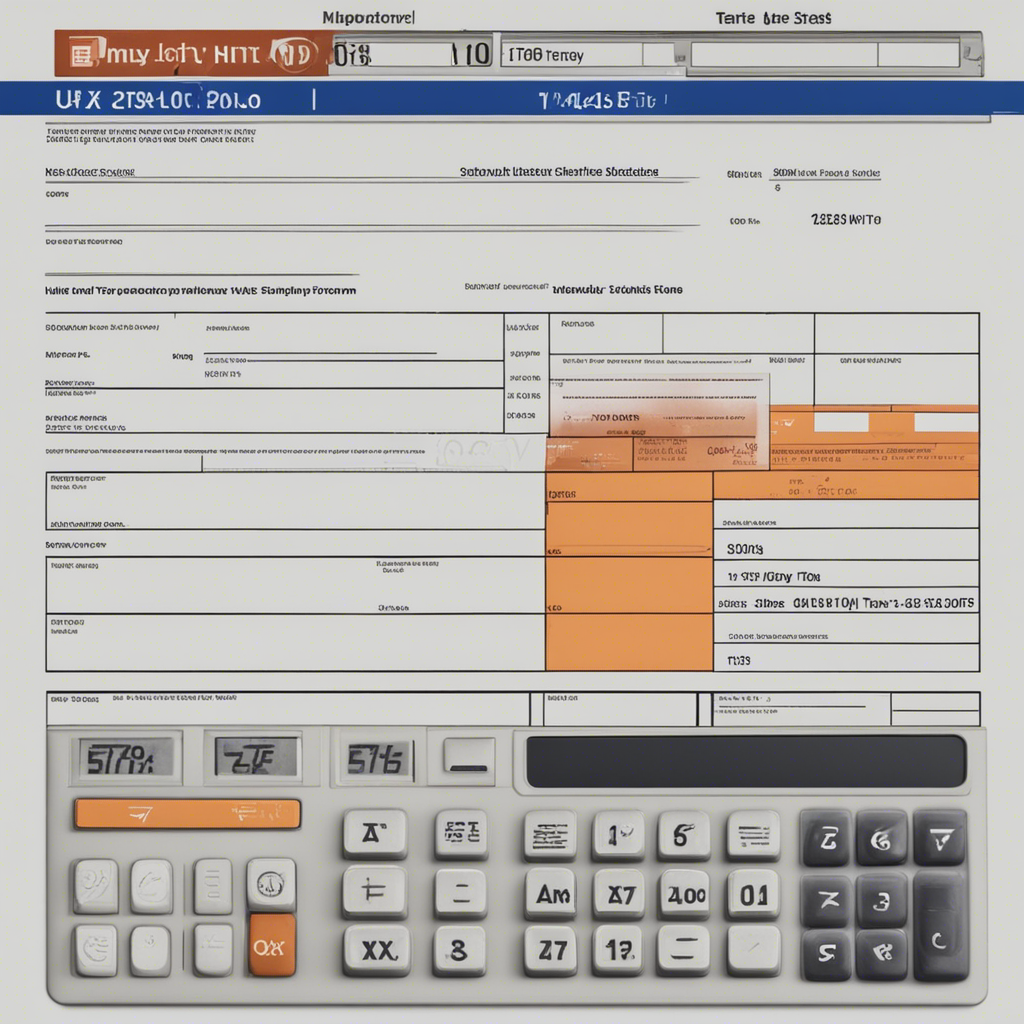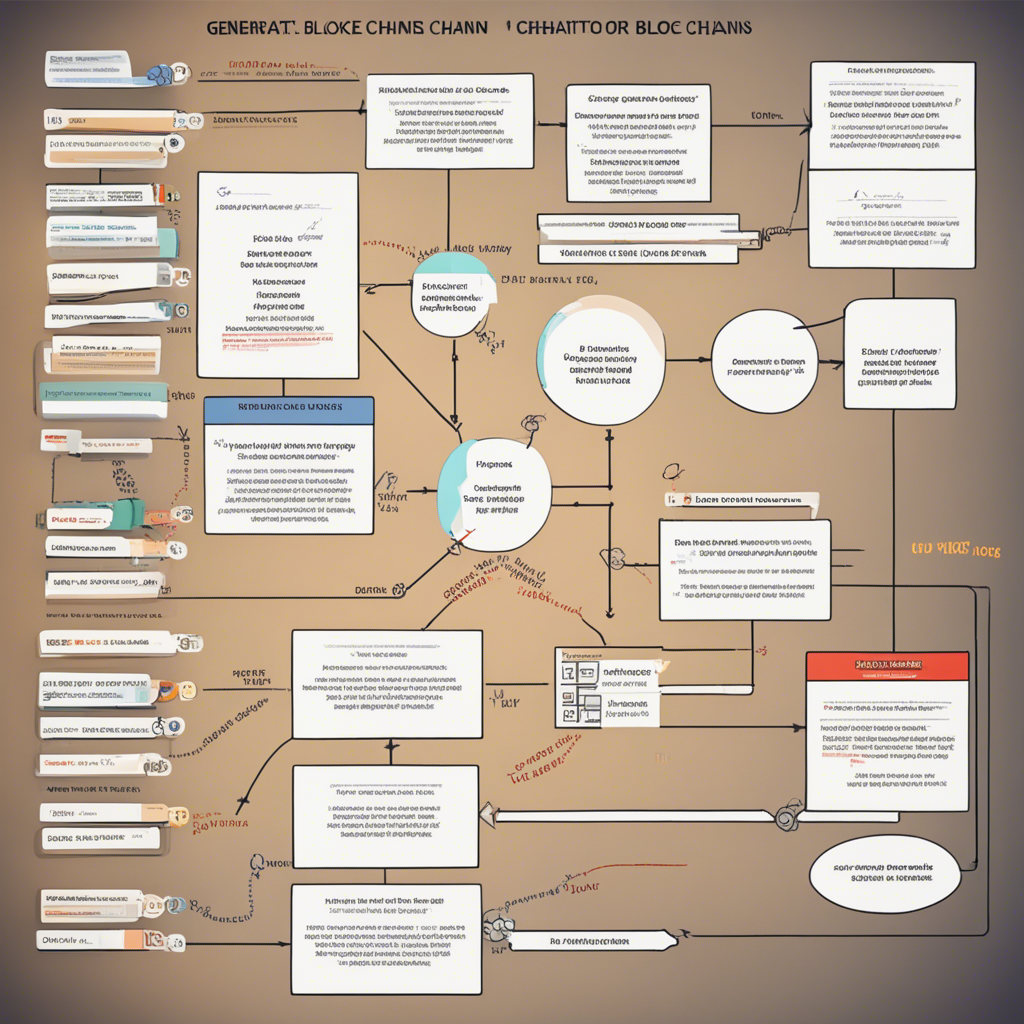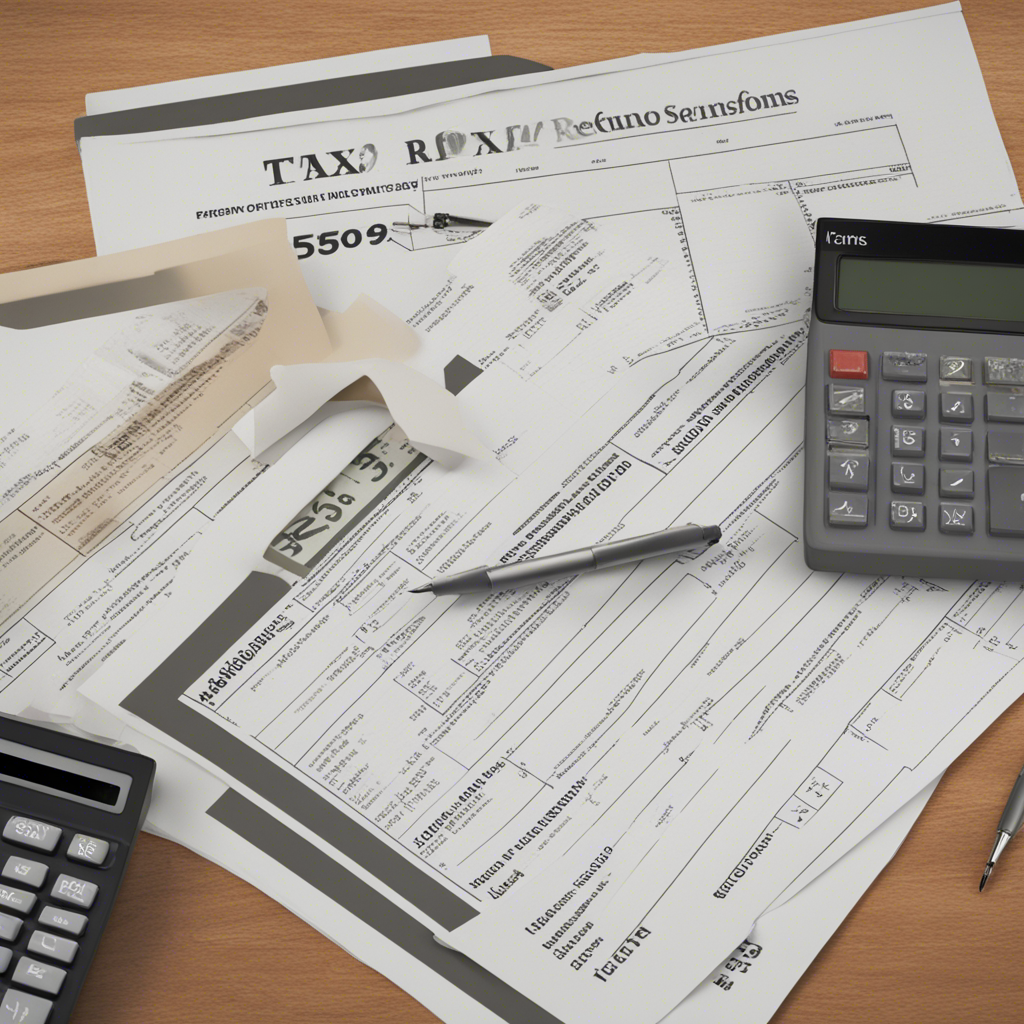
Automatic Savings: The Why and How of Automating Your Finances
In today’s fast-paced world, managing our finances can often feel overwhelming. Between bills, debt repayments, and saving for the future, it’s easy to fall behind and miss out on important financial opportunities. However, there’s a simple solution that can help you take control of your financial situation: automatic savings.
Automating your finances can be a game-changer when it comes to achieving your short-term and long-term financial goals. In this blog post, we will explore the importance of automatic savings, its benefits, and how you can set up automated systems to manage your money more effectively.
Why Automate Your Finances?
1. Consistency and Discipline
One of the main advantages of automating your savings is that it promotes consistency and discipline in your financial habits. By setting up automatic transfers, you remove the temptation to spend what could have been saved or invested. This consistent approach helps you stay on track with your financial goals, ensuring you stay motivated in the long run.
2. Saving Time and Effort
Another compelling reason to automate your finances is to save time and effort. Manually handling your finances can be time-consuming and prone to errors. By automating your savings, you streamline the process and free up valuable time. You will no longer have to manually transfer funds to your savings account or remember to pay bills on time, as everything will be taken care of automatically.
3. Taking Advantage of Technology
The development of technology has made automating your finances easier than ever before. With online banking and personal finance apps, you can easily set up automatic transfers, bill payments, and debt repayments. These tools provide a secure and convenient way to manage your finances, giving you peace of mind and control over your money.
Benefits of Automatic Savings
1. Building an Emergency Fund
Having an emergency fund is crucial to protect you from unforeseen circumstances such as job loss, medical emergencies, or unexpected home repairs. Automating your savings allows you to consistently contribute to your emergency fund without even thinking about it. Over time, these small contributions can add up and provide you with a financial safety net.
2. Achieving Long-Term Financial Goals
Whether it’s saving for a down payment on a home or planning for a comfortable retirement, automating your savings can help you reach your long-term financial goals. By setting up automatic transfers to a dedicated savings or investment account, you can gradually grow your money over time. This disciplined approach ensures that you are consistently working towards your goals, even when you may be tempted to spend.
3. Paying off Debt
Automating your finances is not limited to savings alone. You can also automate your debt repayments, such as credit card bills or student loans. By setting up automatic payments, you avoid late fees and penalties while gradually chipping away at your debt. This method ensures you stay on top of your financial obligations and can accelerate your journey towards becoming debt-free.
4. Investing for the Future
Automating your finances extends beyond savings and debt repayment. You can also automate your investments to grow your wealth over time. By setting up regular contributions to an investment account, such as a retirement fund or a brokerage account, you can take advantage of compound interest and market returns. This passive investment strategy helps you build wealth without the need for constant monitoring and decision-making.
How to Automate Your Finances
Now that we understand the benefits of automatic savings, let’s explore how you can set up automation systems to manage your finances effectively.
1. Set Clear Financial Goals
Before you start automating your finances, it’s essential to have a clear understanding of your financial goals. Whether it’s saving for a vacation, paying off debt, or retiring comfortably, establishing specific objectives will guide your automation strategy. By knowing what you want to achieve, you can set up automated systems that align with your goals.
2. Create a Budget
A budget is a foundational tool in managing your finances and achieving your goals. Take the time to analyze your income, expenses, and financial obligations. This will help you determine how much you can save or invest each month and where you can make adjustments to optimize your financial situation. There are numerous digital budgeting tools available that can simplify this process.
3. Automate Savings and Investments
Once you have established your goals and created a budget, it’s time to automate your savings and investments. Set up automatic transfers from your checking account to a dedicated savings or investment account on your payday. By doing so, you ensure that the money is efficiently allocated towards your goals before you can spend it elsewhere.
4. Automate Bill Payments
To avoid late payments and potential fees, automate your bill payments. Most banks offer automated bill payment services, allowing you to schedule payments in advance. Ensure you have sufficient funds in your account to cover these payments to avoid any overdraft charges. By automating your bill payments, you can eliminate the stress of deadlines and stay on top of your financial obligations effortlessly.
5. Monitor Regularly
While automation offers convenience and efficiency, it’s important to monitor your finances regularly. Check your account statements, review your budget, and adjust your automated systems as needed. Life circumstances and financial priorities may change over time, so it’s essential to keep your automation strategy aligned with your current goals.
Conclusion
Automating your finances can be a transformative step towards achieving financial stability and meeting your long-term goals. By setting up automatic savings, bill payments, and investments, you streamline your financial management processes, save time and effort, and stay on track with your financial objectives.
Remember to set clear goals, create a budget, and regularly monitor your automated systems to ensure they align with your changing financial circumstances. With the help of technology and automation, you can take control of your finances and pave the way for a secure and prosperous future.






